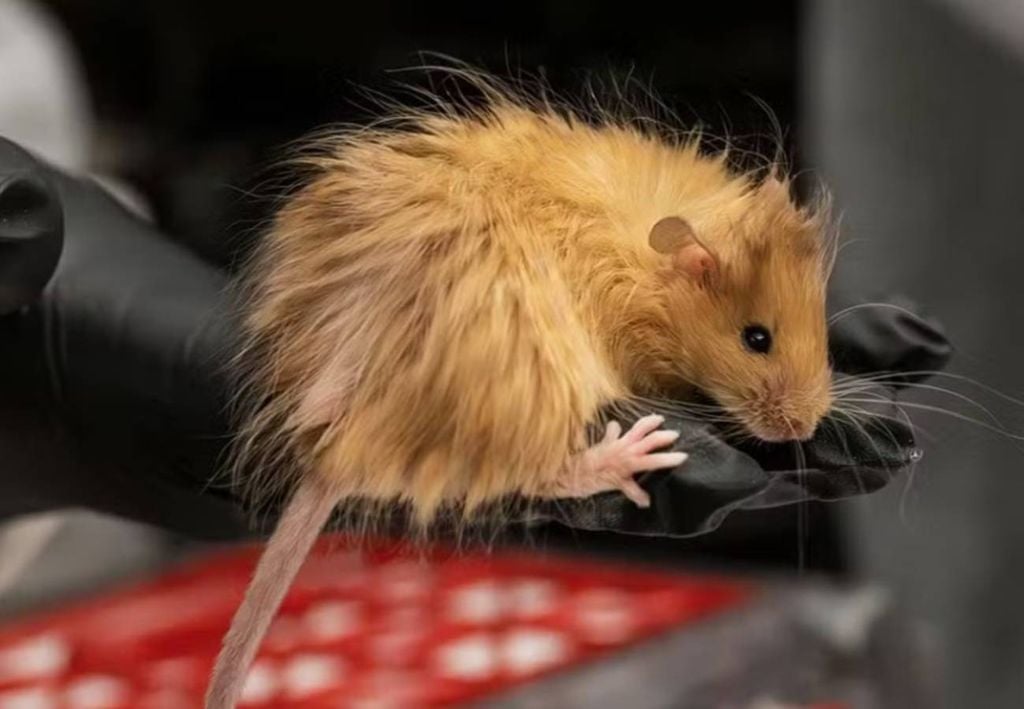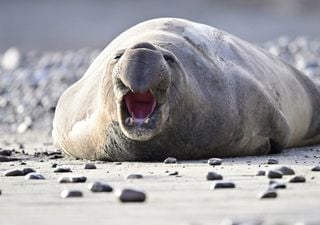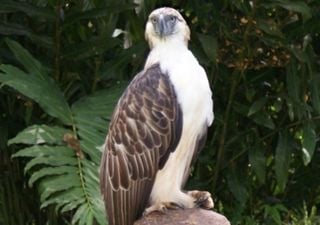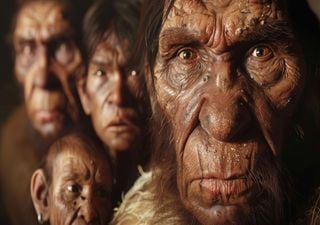Company creates ‘woolly rat’ in step to bring mammoths back to life by 2028
A biotechnology company has created a “woolly mouse” by comparing similar genes from mice and woolly mammoths, an extinct animal that it plans to bring back to life by 2028. See the details here.

The mammoth is an extinct animal that belonged to the genus Mammuthus and the family Elephantidae. They lived between 300,000 and 10,000 years ago, during the last ice age, although a small population survived on Wrangel Island until about 4,000 years ago. They were huge and heavy, had long fur, tusks and a trunk, and looked very much like modern elephants. And researchers are close to being able to bring the mammoth back. In fact, as we have previously discussed in an article, the American biotechnology company Colossal Biosciences plans to produce its first baby mammoths by 2028.
In short, they plan to do this by extracting DNA from fossil remains of these animals found in the Arctic permafrost and then performing nuclear transfer with a modern elephant embryo, which could generate a species very similar to the mammoth. What’s new is that in a new step in the mammoth de-extinction project, Colossal Biosciences claims to have created a species of “woolly mouse” (a furry mouse) through gene editing, comparing the genes of mice with those of extinct woolly mammoths.
How was the “hairy mouse” generated?
According to the company, this genetic editing successfully brought the characteristics of ancient pachyderms to rodents. The mice had fur with the appropriate texture, colour and thickness, as well as lipid metabolism consistent with the characteristics of mammoths. To reach the final goal, researchers need to identify which genes of Asian elephants — the closest relatives of mammoths — should be altered to make the animals adapted to the cold, a characteristic of extinct mammoths.

So, in the beginning, they compared genomes extracted from the remains of dozens of mammoths with the genomes of other living and extinct relatives of these mammals, looking for changes that altered proteins throughout their evolution. One of the animals they compared was the mouse, which shares enough genes to develop traits such as wool and lipid metabolism.
To do this, the scientists used three different types of DNA editing, finding the phenotype that would give the mice the same characteristics. They did not insert genes from the extinct mammoths into the rodents — they only found the responsible genes already present in their genomes.
That is, they identified the genes responsible for cold tolerance in mammoths and activated the same genes in the genome of mice to make them grow long, wavy hair like that of mammoths.
About de-extinction
Some researchers are skeptical that this is really a step closer to creating a modified version of a mammoth. They say there is no evidence yet that the mice’s modified fur is designed to be resistant to cold, a trait the company is trying to achieve by “reviving” mammoths. They also say it is not known whether these mutations could affect their long-term health, including their fertility and predisposition to cancer.

However, Beth Shapiro, the chief science officer at Colossal Biosciences, says there is no way to bring back an animal that is 100% identical in genetics, physiology, and behaviour, and that is not the team's goal. The company says this is just one step and that more research will be done. It also says it is on track to introduce the first woolly mammoth calves by 2028.
The goal of this de-extinction, according to the company, is to achieve environmental balance, since theoretically these animals could contain carbon dioxide emissions in the tundra of Siberia and North America.
References of the news:
Colossal Creates “Woolly Mouse” In Step Towards De-Extincting The Mammoth By 2028. 04 March 2025. Rachael Funnell.
'Camundongo-lanoso': empresa diz ter criado animal peludo com genes dos mamutes que quer 'ressuscitar'. 05 March 2025. Redação/G1.
"Camundongo-lanoso" é criado em novo passo para ressuscitar os mamutes. 04 March 2025. Lillian Sibila Dala Costa.








